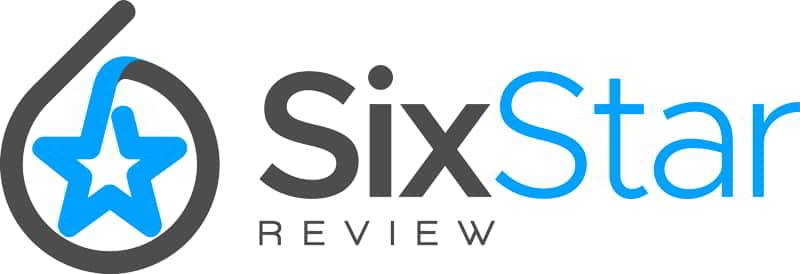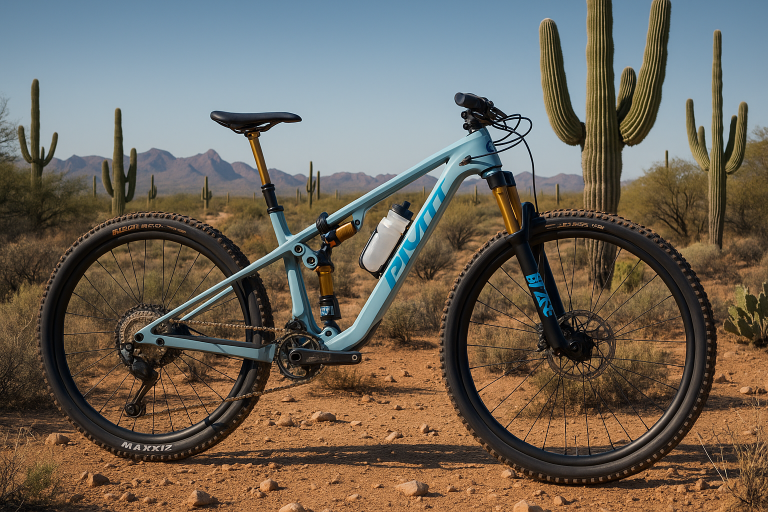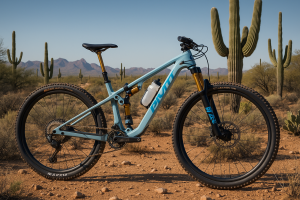In an industry that thrives on innovation and agility, standing still is akin to moving backwards. Pivot Cycles, though well-known in the high-end mountain biking scene, continues to spark debate among riders, mechanics, and industry insiders alike. Not because they’re revolutionizing the ride, but because many believe they’re still living in the past.
A Legacy Anchored in Stagnation
Chris Cocalis, Pivot’s founder, has deep roots in the bike industry, with his early ventures including Titus Cycles. While Titus had its heyday in the early 2000s, it never became a dominant player. When Pivot launched in 2007, it was seen as Cocalis’ opportunity to reinvent and refine. The DW-Link suspension, developed with Dave Weagle, was initially praised for its pedaling efficiency and control. But here’s the rub — it’s 2025, and Pivot is still clinging tightly to that same core design.
Other brands have moved on: Specialized with its Brain suspension, Trek with IsoStrut, and Santa Cruz with VPP refinements. Pivot? Still pivoting.
The Mach 4 SL: A Case Study in Missed Opportunity
Let’s talk about the Mach 4 SL. Billed as a cross-country weapon, it’s got the specs on paper: FOX Live Valve compatibility, DW-Link suspension, and a carbon frame. But stack it up against the Specialized Epic World Cup, Trek Supercaliber, or Santa Cruz Blur, and you start to see the cracks.
Weight: The Mach 4 SL is heavier than most competitors in its class.
Efficiency: While the DW-Link climbs decently, it doesn’t offer the seamless integration or responsiveness of newer designs.
Practicality: Due to rear shock placement, you can’t run two full-size water bottles in the main triangle — something most other XC race bikes figured out years ago.
Cable Routing: Many models, including previous versions of the Mach 4 and Switchblade, still lack full internal cable routing, a now-standard feature even on mid-tier bikes.
Marketing Jargon: Pivot promotes its “proprietary hollow core carbon construction process” as a major differentiator, but in reality, this is a common method used by many overseas carbon fiber manufacturers. Hollow core is not proprietary; it’s a general industry process, not unique to Pivot.
Talent, or the Lack Thereof?
Pivot isn’t just a bike company; it’s an ecosystem of employees and ideas. While they employ many skilled individuals, there’s a lingering industry impression that Pivot leans on internal loyalty rather than seeking seasoned professionals with external experience. Insiders note that roles across management, HR, and product development are often filled by individuals with limited real-world business exposure.
This frugality appears deliberate. Pivot has a reputation for undervaluing talent, often bypassing more qualified applicants for cheaper, less experienced ones. With an HR gatekeeper reportedly having only ever held one job, the recruitment pipeline risks becoming a bottleneck to meaningful progress.
Gravel and E-Bikes: Spreading Thin
Pivot has expanded its lineup with gravel and e-bike entries, but these offerings often feel like they lack soul — or strategic focus.
Pivot Vault
Strengths: The IsoFlex system offers impressive comfort; Toolshed storage is a thoughtful addition.
Critiques: Handlebar sizing is questionable across XS and XXS models; some reviewers find the geometry uninspiring.
E-Vault
Pros: Lightweight Fazua Evation motor, subtle electric assist.
Cons: Battery capacity is limited; better suited for short, flat rides.
Shuttle Series (E-MTB)
Shuttle AM: Great suspension balance, but the non-removable battery is a major downside.
Shuttle SL: Lighter and nimble but underpowered compared to leading e-MTBs.
The takeaway? Pivot’s trying to be everything to everyone, but excelling at nothing. In a saturated market, that’s a tough sell.
Retail Relations: A Cautionary Tale
Pivot has also seen fractures in its dealer relationships. Some Arizona-based shops have reportedly dropped the brand after incidents of Pivot selling bikes directly from HQ, bypassing retailers. Trust is currency in this business, and stories like these leave a lasting mark.
The Numbers Don’t Lie
Pivot Cycles’ estimated annual revenue hovers around $35 million as of 2025. Compare that to:
Trek: ~$1.8 billion
Specialized: ~$750 million
Santa Cruz: ~$75 million
Scott Sports: ~$75 million
These figures speak volumes. While Pivot has carved out a niche, it’s dwarfed by competitors who continually push boundaries in innovation, sponsorships, and global presence.
Final Thoughts
Pivot Cycles has the resources, heritage, and raw talent to evolve — but the brand seems stuck in a loop of incremental updates, dated designs, and cautious strategy. In a fast-moving industry, that’s not enough.
The trail is moving forward. Time to pivot, Pivot.









